The election of 1796 holds a significant place in the history of the United States as it marked the first contested presidential election in the young nation’s history. This pivotal election laid the groundwork for America’s future political landscape and set the stage for the development of political parties. Let’s explore the key candidates and parties, delve into the campaign and the issues at hand, examine the election process, and finally, analyze the election results and their implications.
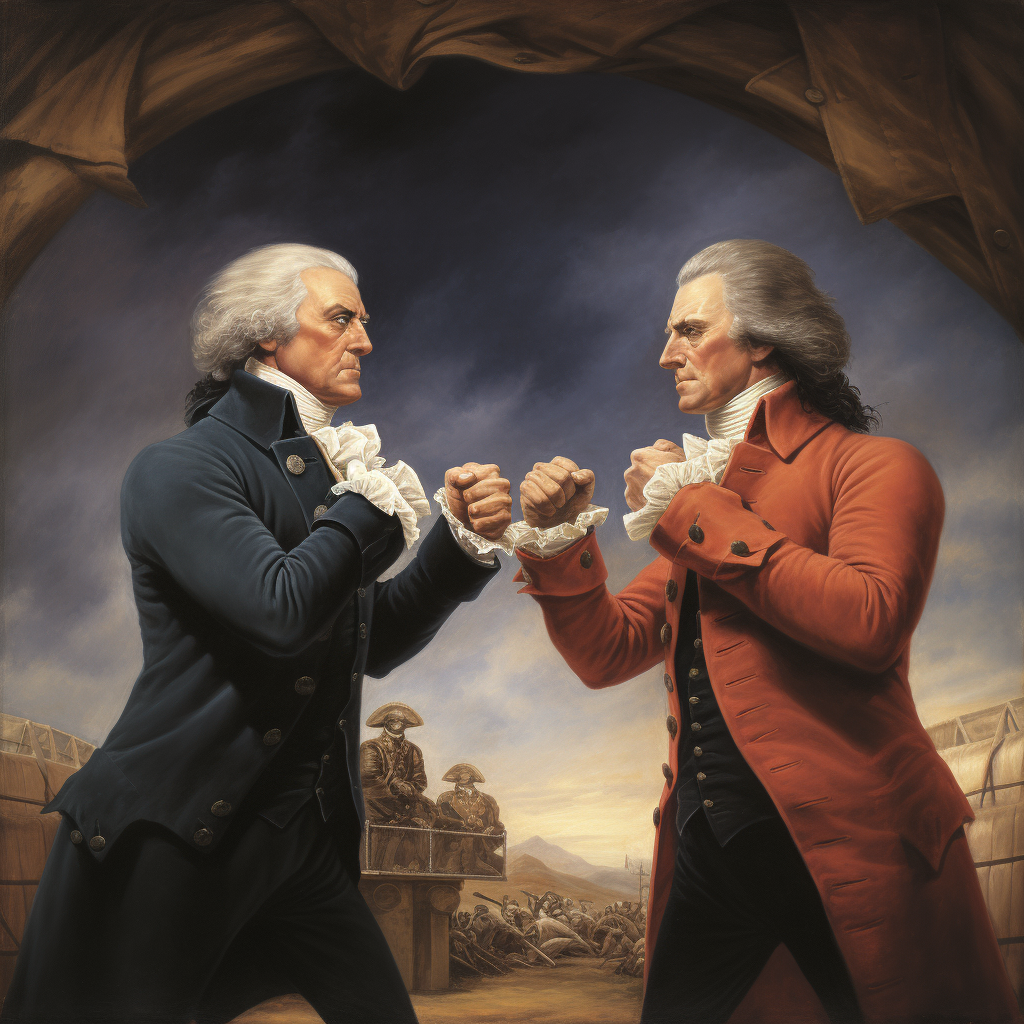
Key Candidates and Parties:
1. John Adams (Federalist Party): Adams, serving as Vice President under George Washington, represented the Federalist Party, which advocated for a strong central government and policies favoring urban centers and a commercial economy.
2. Thomas Jefferson (Democratic-Republican Party): Jefferson, serving as Secretary of State, represented the Democratic-Republican Party, which aimed for a more decentralized government, emphasizing agrarian interests and states’ rights.
The Campaign and Issues:
1. The Role of Federalists vs. Democratic-Republicans: The election spotlighted the growing influence of political factions, with Federalists supporting a strong federal government and Democratic-Republicans opposing its power.
2. Key Issues: Expansion vs. Centralization: Debates centered around issues such as expanding westward, French revolutionary politics, trade relations, and interpreting the powers of the Constitution.
3. Influence of Political Parties and Newspapers: Political parties took an active role in campaigning, utilizing newspapers to promote their positions and criticize opponents.
The Election Process:
1. Electoral College System: The election employed the Electoral College system, where each state had a designated number of electors based on their congressional representation.
2. State-by-State Voting: Rather than a unified national election, each state conducted its own election, with voters directly choosing electors.
3. Challenges and Irregularities: The nascent election process experienced challenges and irregularities, including partisan interference, state-dependent voting methods, and limited suffrage.
Election Results and Implications:
1. John Adams’ Victory and Thomas Jefferson as Vice President: Adams won the presidency, with Thomas Jefferson, the runner-up, becoming his vice president as per the election rules at the time.
2. Impact on America’s Future: The 1796 election set the stage for the two-party system that would dominate American politics, laying the foundation for policy debates, political coalitions, and partisan divisions.
3. Establishment of a Peaceful Transfer of Power: The election showcased the peaceful transfer of power between competing parties, solidifying the precedent of a democratic government.
By understanding the key candidates, the campaign issues, the unique election process, and the profound implications of the 1796 election, we gain valuable insight into the shaping of America’s political landscape and the significance of this crucial event in the nation’s history.
Key takeaway:
- The 1796 election marked the beginning of a significant era in American politics, setting the stage for future developments.
- Key candidates, John Adams and Thomas Jefferson, represented different parties and ideologies that shaped the country’s future.
- The campaign highlighted the contrasting viewpoints of Federalists and Democratic-Republicans on issues such as expansion and centralization.
- Political parties and newspapers played a crucial role in influencing public opinion during the election.
- The electoral college system and state-by-state voting process were used, but challenges and irregularities were encountered.
- John Adams’ victory and Thomas Jefferson becoming the vice president had implications for America’s future trajectory.
- The peaceful transfer of power established by this election set an important precedent for future presidential transitions.
Key Candidates and Parties
Discover the fascinating world of America’s 1796 election and how it shaped the nation’s future. We’ll dive into the key candidates and parties that emerged during this pivotal time. From the visionary John Adams to the renowned Thomas Jefferson, each sub-section will shed light on the influential figures who vied for power and left an indelible mark on American history. Get ready to unravel the stories and dynamics behind this crucial moment in our nation’s political landscape.
John Adams
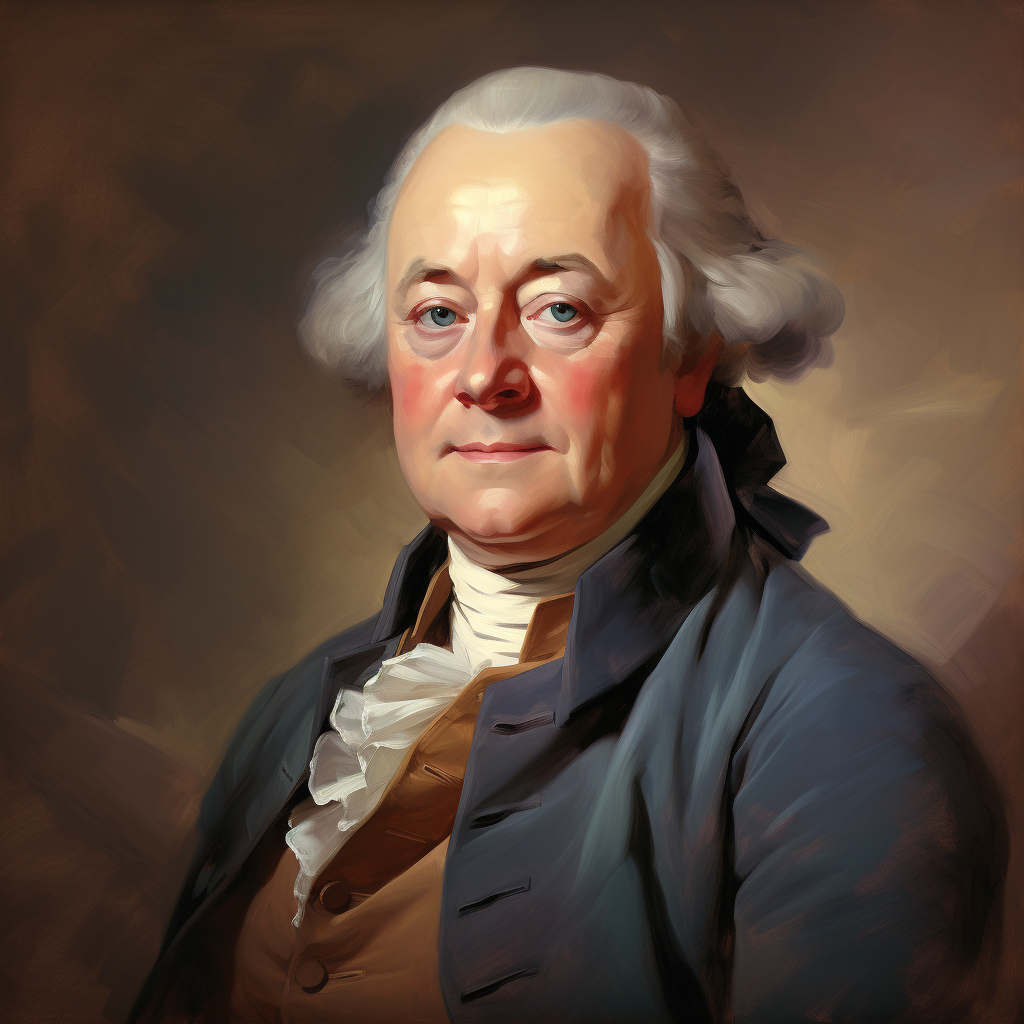
John Adams, a key candidate in the 1796 election, was a prominent figure in American politics. He belonged to the Federalist Party and served as vice president under President George Washington. Adams strongly supported a centralized government and economy, in contrast to the Democratic-Republicans’ belief in expansion and states’ rights.
During the campaign, Adams faced tough opposition from Thomas Jefferson, the Democratic-Republican candidate. Both candidates and their parties relied on newspapers and political organizations to promote their platforms, engage with voters, and sway public opinion.
Despite challenges in the election process, including concerns about the fairness of the Electoral College system and state-by-state voting, John Adams emerged as the winner. He became the second president of the United States, with Thomas Jefferson as vice president.
John Adams’ presidency had a significant impact on America’s future. His administration established a stable and peaceful transfer of power, setting a precedent for future elections and leadership transitions. This event paved the way for the development of the nation’s political system and the preservation of democratic principles.
Fact: John Adams was the father of John Quincy Adams, who later became the sixth president of the United States.
Thomas Jefferson
Thomas Jefferson played a crucial role in the 1796 election. He represented the Democratic-Republicans, the opposing party to the Federalists. Jefferson advocated for decentralization and limiting the federal government’s power. He believed in empowering individual states and preserving their rights to govern themselves, which resonated with many American citizens.
During the campaign, Jefferson used his influence as a writer and politician to convey his ideas and gain support. He published articles advocating for his political views, reaching a broader audience and shaping public opinion.
Although Jefferson did not win the presidency in the 1796 election, he became the Vice President under President John Adams, highlighting his significance and impact on America’s future.
Jefferson’s involvement in the 1796 election laid the groundwork for his subsequent presidency in 1801. As President, he championed principles like limited government, individual rights, and territorial expansion, shaping America’s political landscape to this day.
The Campaign and Issues
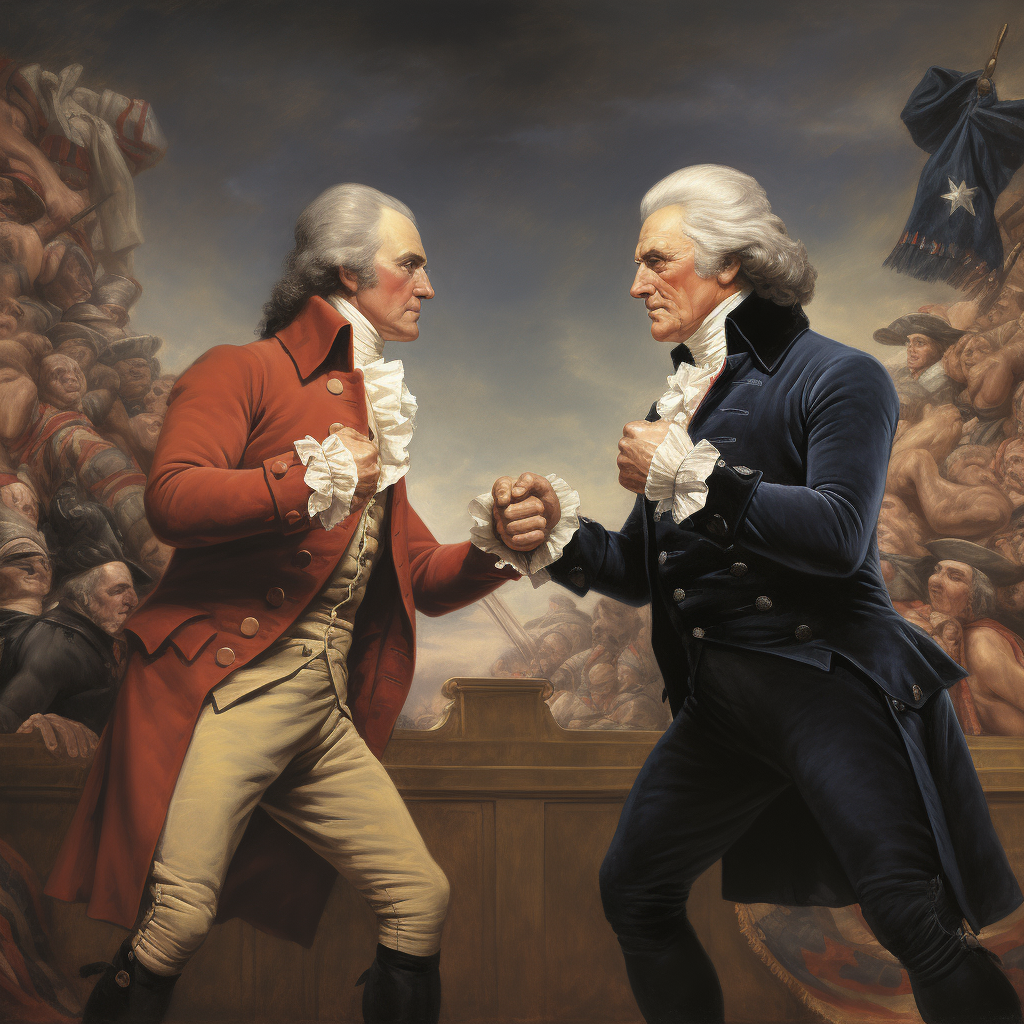
Photo Credits: Mister-History.Com by Tyler Martin
Discover the intense battle that unfolded during the 1796 election and how it shaped the future of America. Delve into the captivating world of the campaign and the crucial issues at stake. From the clash between Federalists and Democratic-Republicans to the debate between expansion and centralization, explore the pivotal role of political parties, newspapers, and the deep-rooted influences they had. Brace yourself for an intriguing journey through a crucial period in American history.
The Role of Federalists vs. Democratic-Republicans
The role of Federalists and Democratic-Republicans in the 1796 election shaped early America’s political landscape.
| Role | Federalists | Democratic-Republicans |
| Beliefs | Strong federal government, led by wealthy and educated | Power with states, strict interpretation of Constitution |
| Key Supporters | Businessmen, aristocrats, wealthy landowners | Farmers, middle-class, laborers |
| Leaders | John Adams, Alexander Hamilton | Thomas Jefferson, James Madison |
| Campaign Strategy | Emphasized stability, order, and strong central government | Appealed to democratic ideals, focused on individual liberties |
| Views on National Bank | Supported establishment of national bank for economic growth | Opposed national bank as unconstitutional and favoring the wealthy |
| Views on Foreign Policy | Favored friendship with Britain and close economic ties | Supportive of France, emphasized avoiding foreign entanglements |
The role of Federalists and Democratic-Republicans in the election was defined by their differing beliefs, supporters, campaign strategies, and views on important issues. Federalists, led by John Adams and Alexander Hamilton, believed in a strong federal government and the leadership of the wealthy and educated. They emphasized stability, order, and a strong central government. On the other hand, Democratic-Republicans, led by Thomas Jefferson and James Madison, believed in power with the states and a strict interpretation of the Constitution. They appealed to democratic ideals and focused on individual liberties.
These differences also extended to specific issues. Federalists supported the establishment of a national bank to promote economic growth, while Democratic-Republicans opposed it as unconstitutional and favoring the wealthy. In terms of foreign policy, Federalists favored friendship with Britain and close economic ties, whereas Democratic-Republicans were supportive of France and emphasized avoiding foreign entanglements.
The role of Federalists and Democratic-Republicans in the 1796 election showcased the deep political divisions within the young United States and set the stage for future political conflicts.
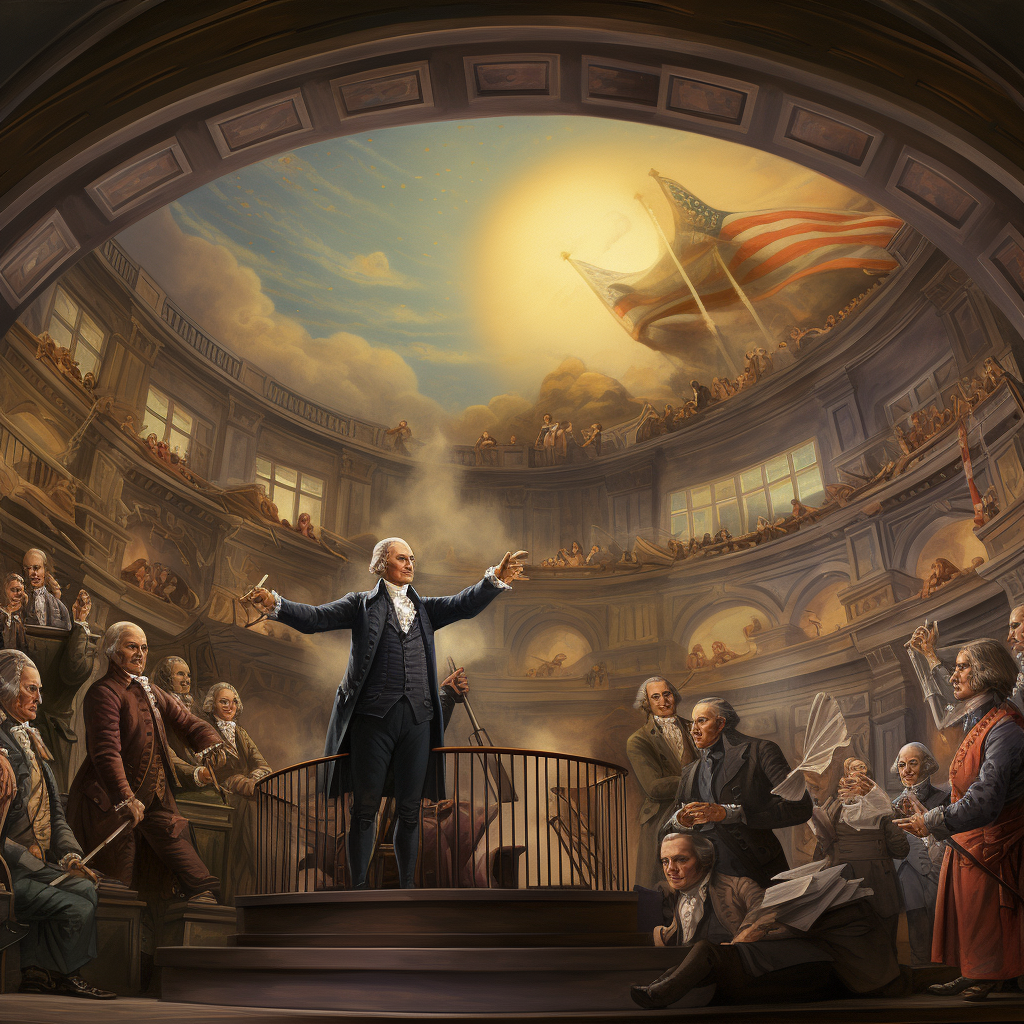
Key Issues: Expansion vs. Centralization
The 1796 election was primarily centered around the crucial debate concerning expansion versus centralization in America. These significant key issues played a pivotal role in shaping the ideologies and policies of the candidates and political parties involved.
Regarding expansion, there were proponents who advocated for the westward expansion, acquisition of new lands, and the promotion of economic growth through trade and agriculture. Expansionists firmly believed that a larger America would result in heightened opportunities and increased prosperity.
On the other hand, there were those who favored a more centralized government with robust federal powers. They firmly believed in concentrating authority in the hands of the federal government to ensure stability, order, and uniformity across the entire nation. Their arguments included advocating for a stronger national defense, the establishment of a national bank, and the implementation of a cohesive economic policy.
These pivotal issues vividly demonstrated the ideological differences between the Federalists and the Democratic-Republicans, the two leading political parties during that time. The Federalists, under the leadership of John Adams, generally supported centralization, while the Democratic-Republicans, led by Thomas Jefferson, leaned more towards expansion. The debates and disagreements surrounding these issues had a profound influence on voters’ perceptions and ultimately shaped their choices.
If you would like to delve deeper into this topic, I highly recommend exploring biographies of John Adams and Thomas Jefferson, as well as academic texts that discuss the early history of American political parties and the lasting impact of the 1796 election on the nation’s overall development.
Influence of Political Parties and Newspapers
The influence of political parties and newspapers played a significant role in the 1796 election. Political parties, such as the Federalists and Democratic-Republicans, actively campaigned for their candidates and promoted their ideologies through newspapers.
Newspapers served as the primary mode of communication and shaped public opinion by publishing articles, editorials, and political cartoons favoring their candidate and criticizing their opponents.
The influence of political parties and newspapers had controversies. Newspapers engaged in partisan reporting and spread rumors or propaganda to discredit opponents. They also showed bias by aligning with one political party or the other.
Ultimately, the influence of political parties and newspapers in the 1796 election demonstrated the power of media in shaping public opinion and mobilizing voters. It set a precedent for future elections, emphasizing the importance of media campaigns and the role of political parties in determining election outcomes.
The Election Process
The election process is at the heart of shaping America’s future. From the intricate workings of the Electoral College System to the state-by-state voting intricacies, and the inevitable challenges and irregularities that arise, this section dives headfirst into the fascinating world of elections. Get ready to uncover the inner workings and the influential factors that have shaped the outcome of historical contests. Buckle up for an illuminating journey through the election process, where every vote counts and every decision has the power to shape a nation.
Electoral College System
The Electoral College System played a significant role in the 1796 election, electing the President and Vice President in the United States. Instead of a direct popular vote, each state has a group of electors based on their representation in Congress.
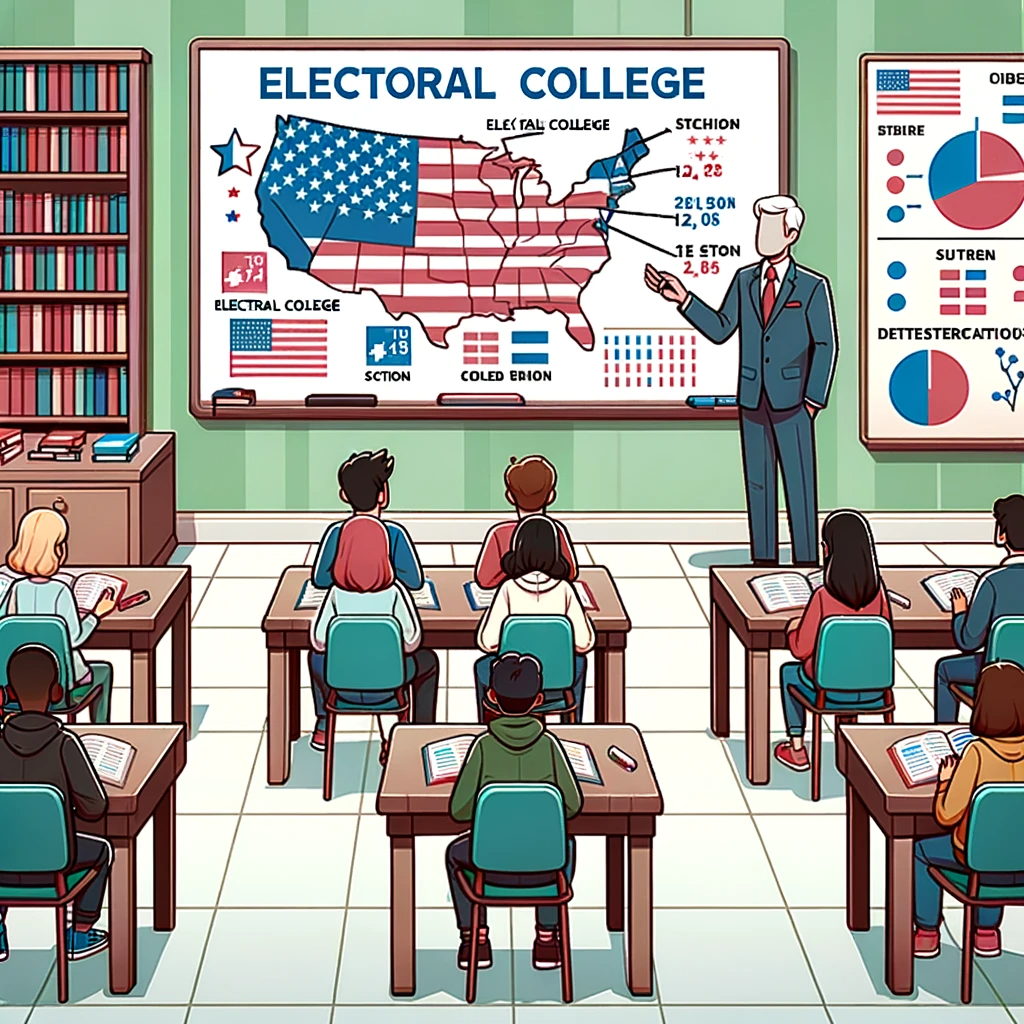
During the 1796 election, states allocated their electors based on the popular vote. The candidate with the majority of electoral votes became President and the runner-up became Vice President.
Challenges and irregularities arose in the election process, showing the complexities of the Electoral College System. State legislatures appointed the electors, leading to potential biases and discrepancies. Some electors did not strictly follow the voters’ wishes, causing controversy.
In the 1796 election, the Electoral College System resulted in John Adams becoming President and Thomas Jefferson becoming Vice President. This highlighted the system’s effectiveness in ensuring a peaceful transfer of power and set a precedent for future elections.
State-by-State Voting
State-by-state voting in the 1796 election determined the outcome of the election. Voters in each state participated in the process by choosing their preferred candidate. Electoral votes were then allocated based on the popular vote.
To fully analyze the results, it is essential to understand the electoral college system. The distribution of electoral votes was based on each state’s representation in Congress. The voting process faced challenges and irregularities due to varying state laws and procedures. This led to confusion and disputes among the participants. There were instances of reported voter fraud, raising concerns about the validity of the election results.
Despite these issues, John Adams emerged as the winner with the majority of electoral votes, securing his position as the President. His opponent, Thomas Jefferson, became the Vice President. This election highlighted the peaceful transfer of power, which was a significant event in American politics. It emphasized the importance of individual states’ votes and emphasized the need for candidates to campaign and appeal to voters in different regions.
This election set the stage for future election strategies and campaigns in the United States, as candidates realized the significance of securing electoral votes from multiple states.
Challenges and Irregularities
Challenges and irregularities were a significant part of the 1796 election process. One major challenge was the lack of a standardized voting system, leading to inconsistencies across states. Voting methods varied, with some states using public voice votes, while others utilized paper ballots. This lack of uniformity raised concerns about the accuracy and fairness of the election results. Irregularities occurred throughout the campaign, including voter intimidation, bribery, fraud, and tampering with election records. These actions heightened tensions and undermined public trust in the electoral process.
Despite these challenges and irregularities, the 1796 election marked a significant milestone in American history. It established the precedent for peaceful transitions of power between rival political parties. John Adams, a Federalist, became the President, and Thomas Jefferson, a Democratic-Republican, became the Vice President. This peaceful transfer of power demonstrated the strength and stability of the young American democracy.
Fun fact: The 1796 election had the highest voter turnout in the history of presidential elections up to that point, with approximately 20% of eligible voters casting their ballots.
Election Results and Implications
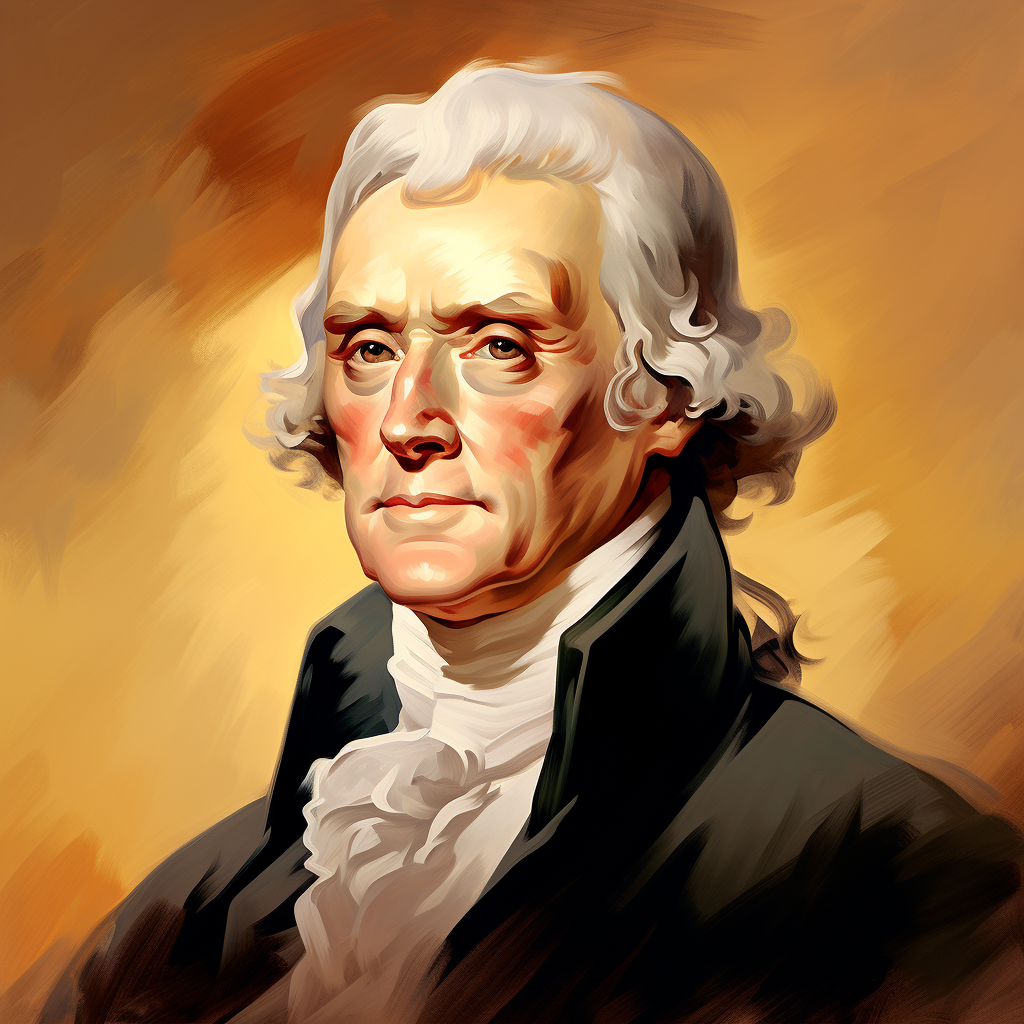
The election results of 1796 set the course for America’s future, shaping the nation in profound ways. John Adams‘ victory and Thomas Jefferson assuming the role of Vice President marked a pivotal moment in history. But the implications went beyond mere political shifts—it laid the foundation for peaceful transfer of power, a hallmark of American democracy. Join me as we explore the significance and far-reaching impact of this historical event.
John Adams’ Victory and Thomas Jefferson as Vice President
John Adams’ victory in the 1796 election marked a significant moment in American history, with Thomas Jefferson assuming the role of vice president. This electoral outcome effectively showcased the contrasting political ideologies of the time. As a Federalist, Adams advocated for a stronger central government and the implementation of policies aimed at bolstering federal authority. In contrast, Jefferson, a Democratic-Republican, championed the notion of state sovereignty and advocated for limited centralization.
The triumph of Adams in the election and Jefferson’s subsequent appointment as vice president carried significant implications for the future of the United States. It underscored the strength of the two-party system and exemplified the peaceful transfer of power between political rivals with divergent perspectives. This seamless transition set the foundation for subsequent presidential elections, serving as a testament to the vital role of democratic principles in American governance.
Impact on America’s Future
The 1796 election had a significant impact on America’s future as it established a precedent for the peaceful transfer of power between political parties, which became a hallmark of American democracy. This transition not only demonstrated the stability and strength of the young nation’s political system but also set the stage for future elections and the development of the two-party system in the United States.
The election highlighted the stark contrast between the Federalist and Democratic-Republican parties and their visions for the country. John Adams, leading the Federalists, advocated for a strong central government and policies that promoted national growth and expansion. On the other hand, Thomas Jefferson, leading the Democratic-Republicans, advocated for a more limited federal government and policies that supported agrarian interests and states’ rights.
The election created a roadmap for the future direction of the country. Adams’ victory as president and Jefferson’s position as vice president demonstrated the importance of compromise in American politics. This balance of power between the two parties not only set the stage for future policy debates but also shaped the course of American history.
Understanding the historical context and consequences of past elections provides valuable insights into the development of American democracy and informs our understanding of current political dynamics.
Establishment of a Peaceful Transfer of Power
The 1796 election in the United States was instrumental in establishing the important precedent of a peaceful transfer of power.
This transition not only highlighted the strength and stability of the nation’s democratic system but also set the foundation for a strong and stable democracy in America.
Unlike many other countries that often face violence or turmoil during political transitions, the United States demonstrated its commitment to democratic principles by ensuring a smooth transfer of power from President John Adams to Vice President Thomas Jefferson.
This event showcased to the world the United States’ dedication to upholding democratic values, and it continues to be a hallmark of American politics today.
In order to maintain the ongoing success of our democratic system, citizen engagement and active participation in the electoral process remain crucial.
By exercising our right to vote and staying well-informed about political issues, we can contribute to the continued establishment of a peaceful transfer of power and help shape the future of our nation.
Some Facts About “1796: ‘The First Contest: How the 1796 Election Paved America’s Future'”:
- ✅ The 1796 presidential election marked the rise of the political party system in the United States. (Source: Britannica)
- ✅ George Washington had won unanimous support without party affiliation in previous elections. (Source: Britannica)
- ✅ The election saw the formation of the Federalist Party and the Democratic-Republican Party. (Source: Britannica)
- ✅ Candidates were chosen through informal and secretive caucuses held by the parties’ congressional delegations. (Source: Britannica)
- ✅ John Adams won the 1796 presidential election with 71 electoral votes, while Thomas Jefferson received 68 electoral votes. (Source: Britannica)
Frequently Asked Questions
What were the political parties involved in the United States presidential election of 1796?
The political parties involved in the United States presidential election of 1796 were the Federalist Party and the Democratic-Republican Party.
What were the main differences between the Federalist Party and the Democratic-Republican Party?
The Federalist Party favored a loose interpretation of the Constitution and a strong central government, while the Democratic-Republican Party favored a strict interpretation of the Constitution and states’ rights.
Who were the presidential and vice presidential nominees of the Democratic-Republican Party in the 1796 election?
The Democratic-Republicans nominated Thomas Jefferson as their presidential candidate, but they were unable to decide on a vice presidential candidate.
Who were the presidential and vice presidential nominees of the Federalist Party in the 1796 election?
The Federalist Party nominated Vice President John Adams as their presidential candidate, but they were also unable to decide on a vice presidential candidate.
How did the results of the 1796 election reflect the political divide in the country?
The results of the 1796 election showed a close race, with John Adams of the Federalist Party winning 71 electoral votes and Thomas Jefferson of the Democratic-Republican Party winning 68 electoral votes. Adams dominated in the northeast, while Jefferson won in the south and west.
What challenges did the Adams administration face with Thomas Jefferson as vice president?
Due to their conflicting political parties, the Adams administration faced difficulties with Thomas Jefferson as vice president. This led to tension and disagreements within the government.

